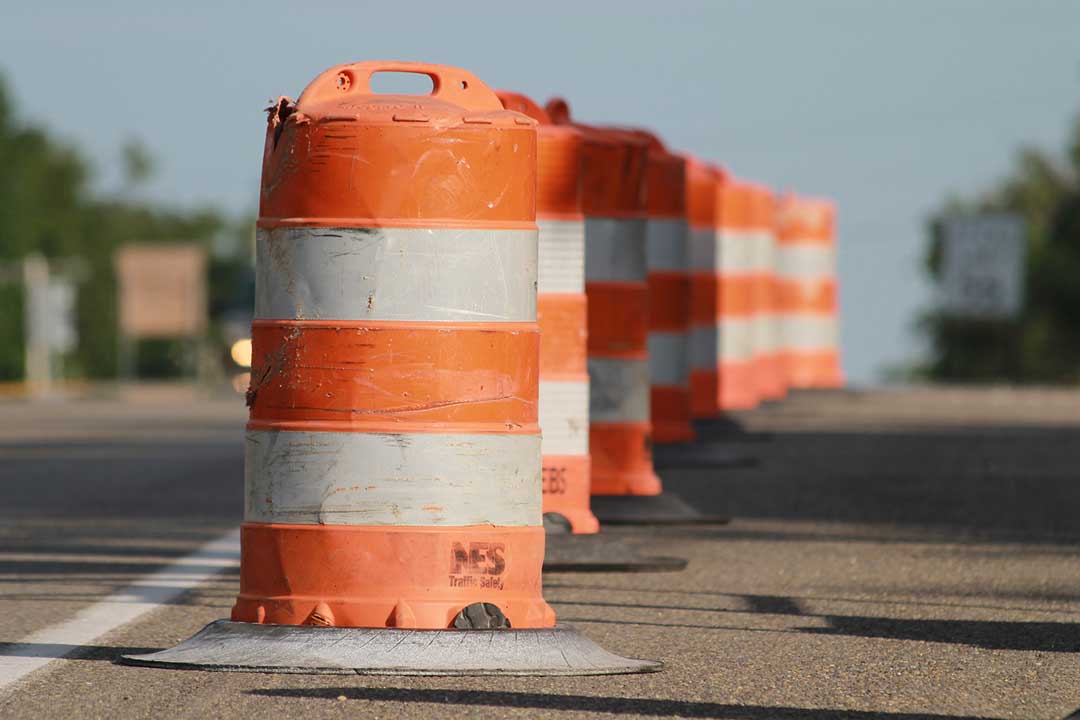The snow has melted, the sun is shining, and that can only mean one thing in Minnesota: road construction season has finally arrived. It’s a classic joke, but in reality, no one likes dealing with detours, slowed traffic, and narrow lanes for extended periods of time.
Speaking of—why does road construction take so long, anyway? Although it might not look like it from the window of your traffic-jammed car, road construction is a complicated process which requires careful planning and lots of time to complete. Here’s a basic overview of the entire process.
Design and Planning
Starting any kind of construction without a plan is a bad idea, and road construction is no exception. Before a construction company is even hired, there are a multitude of factors designers need to analyze when mapping out the fine details of the construction.
To build a road that suits the community’s needs, designers need to know the intensity of traffic the road will handle. They plan the scope, including the project timeline, the necessary detours for regular traffic, and the machinery that will need to be utilized.
Designers also need to consider the location of the new road: underground utility lines that need to be avoided, terrain elements that require removal, soil composition to plan road drainage, and potential environmental effects of adding a road to the area.
The road’s future is taken into account, as well. If it needs to be expanded years later, is there room? How much will it cost to maintain? What safety concerns will need to be mitigated? Which road signs will be needed?
Only after a comprehensive design plan is established is the project opened for bids from construction companies.
Clearing, Mounting, and Grading
To make room for the new road, vegetation and rocks are cleared; if replacing an old road, the old pavement is removed or recycled. To protect the bare land against erosion, protective measures like silt fences and drainage basins are added.
Next, the soil is moved and mounted (shaped), marking out the path of the road and forming its basic profile. The center of the road is mounted slightly higher, allowing water to drain off the sides.
Machines called graders flatten and compact the soil to make a sturdy foundation for the road. Finer grading is done manually by workers to make sure the road is as solid as possible. During this stage, drains and storm sewer systems are installed to ensure standing water doesn’t gather on the road and accelerate erosion.
Aggregate and Asphalt Paving
A subbase made of aggregate, comprised of gravel and crushed rock, is spread evenly across the road’s surface and finely graded once more. Then, asphalt is laid over the aggregate. The number of layers depends on the amount of traffic the road will experience—the heavier the traffic, the more layers of asphalt are added.
Construction crews are also responsible for blending the new pavement with the old road, creating a smooth transition for drivers and minimizing drainage issues. After the final layer of asphalt is laid, the entire road is compacted with a roller truck.
Lastly, the finishing touches are added to the road. A drainage test is performed, landscaping—if necessary—is done around the new pavement, and lines are painted on the asphalt. The orange cones and “Road Work Ahead” signs come down, and you’re able to return to your normal work commute, hopefully without the traffic jams.
The team at Landwehr Construction has been in the business since 1895 and has the full capability to handle all phases of road construction in the St. Cloud and Twin Cities Metro areas. We prioritize client communication, ensuring your highway heavy road construction is completed with the utmost respect for your budget and deadline. Learn more about Landwehr Construction’s road work services, or contact us online.

